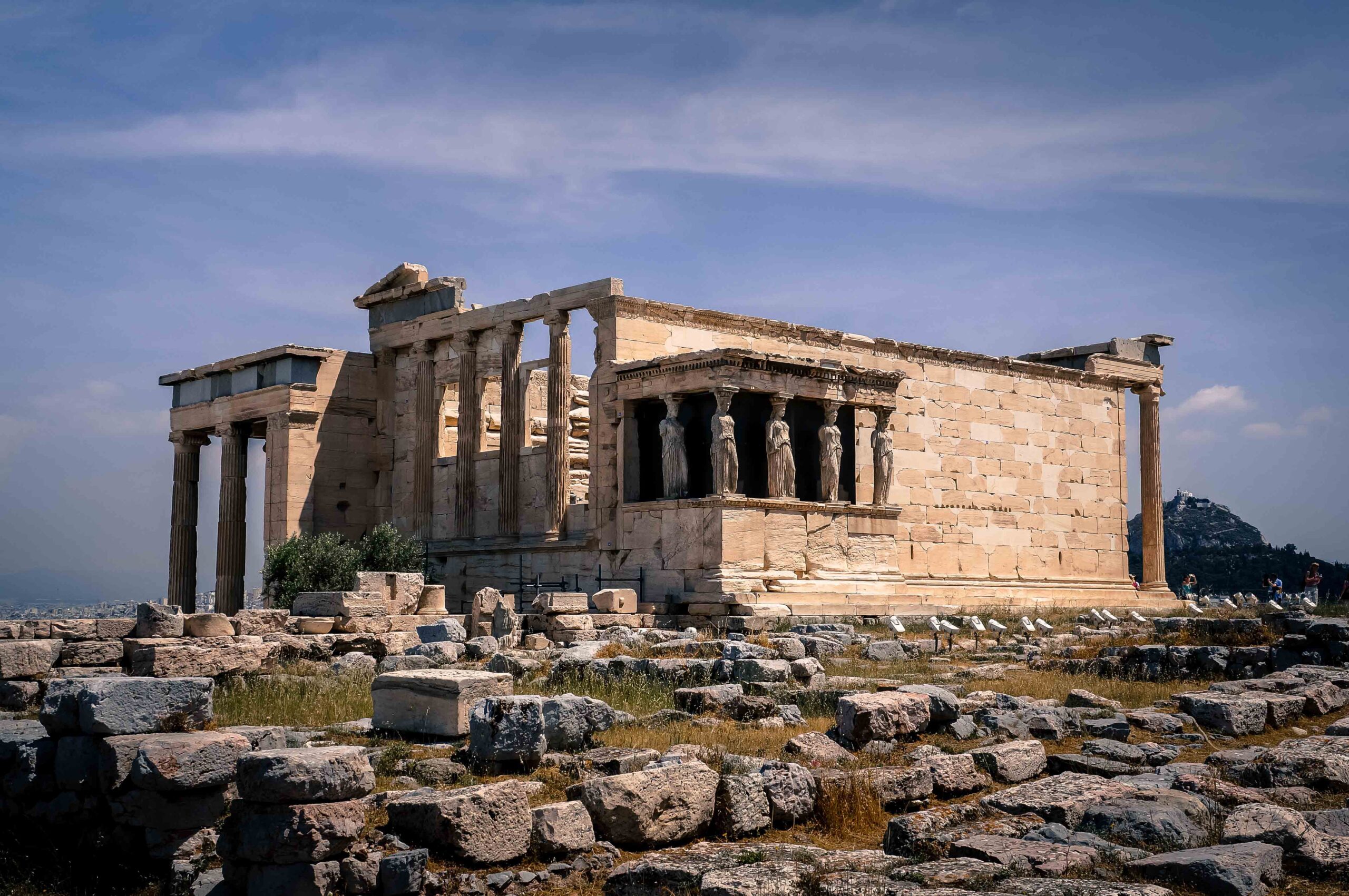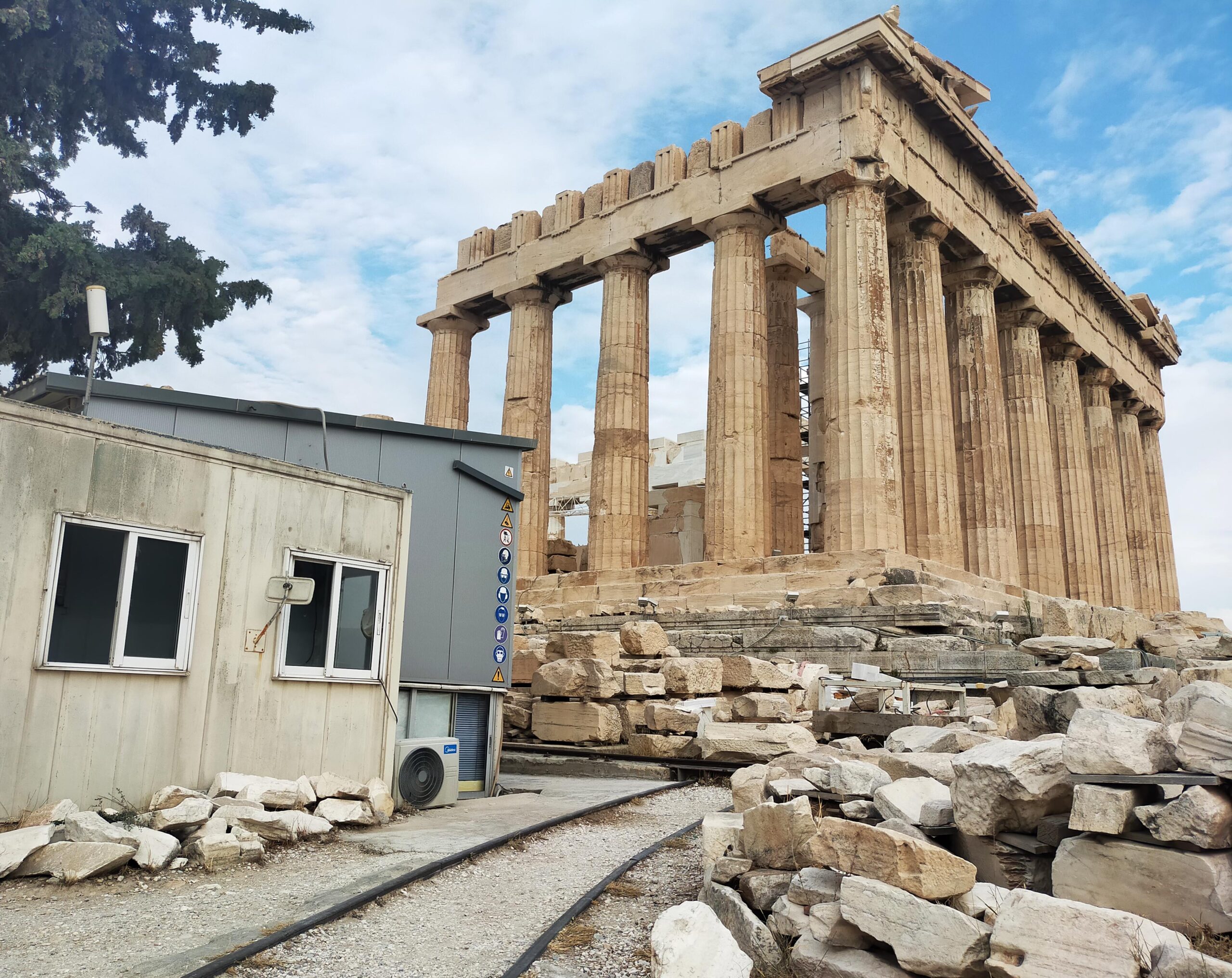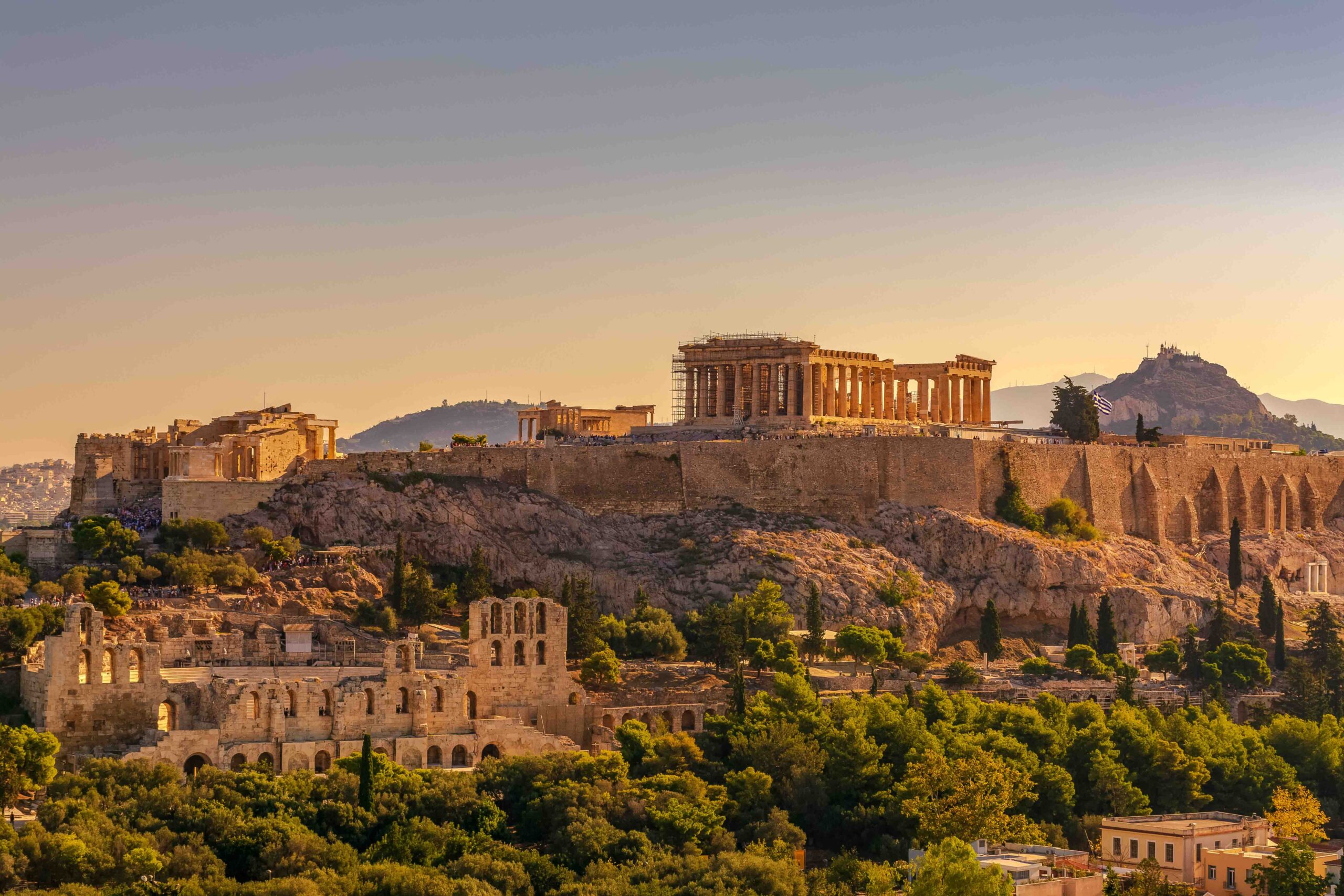
The challenge of recovering the past: reconstructing the Acropolis in Athens
20 of December of 2023
When the restoration of the Parthenon in Athens was resumed in 1983, the workers encountered a problem: previous repairs had used iron clamps and reinforced concrete. Over the decades, the iron in both elements had rusted, damaging the marble and causing structural problems. These elements needed to be replaced.
Scattered around the Acropolis at the time were more than 24,000 blocks and fragments of marble and other materials. Determining which temple they could have belonged to from their structural and morphological characteristics was another of the enormous challenges facing the restoration teams.
Restoring the Acropolis was – and still is – like putting together a vast jigsaw puzzle consisting of thousands of pieces. Work began in 1830 and has practically not stopped since. Today, restoring the shape of Classical Greek temples is simpler thanks to technical and technological innovations, but the process is still full of challenges.
A bit of history
The restoration of the Acropolis began in 1830, when the modern Greek State was created. At that time, after nine years of war and several centuries of domination by the Ottoman Empire, the Greeks saw the recovery of the Acropolis as an opportunity to create a symbol that would bring unity to the new state.
Initial restoration works were quite experimental and designed to reproduce the appearance of monuments in Classical Greece. These projects were halted during the Second World War, and it was in 1875 that restoration work was definitively resumed, this time with a project defined and directed by a committee of specialists.
The first step was to assess the situation. The parts of the temples still standing had suffered considerable damage because of their own internal structure, the impact of environmental factors and biological agents, and the effects of human activity. In its thousands of years of history, the Acropolis had suffered the consequences of wars, bombing and looting.

The area around the Acropolis is covered with pieces of stone. Peter Mitchel (Unsplash).
It was decided that restoration would comply with the Venice Charter, the international framework for restoring monuments. Among other aspects, it was established that restoration should respect the principle of reversibility, meaning that the monument could always be returned to its previous state, and should adhere to the material, structure and original function of the architectural elements.
The restoration of the Acropolis
The tasks involved can be divided into two major groups: those that can be carried out on the Acropolis site itself; and those that require certain pieces to be taken to specialist workshops. The former include the removal of mortar and metal nails used in previous restoration work, injecting filler into holes and cracks, and sealing surface joints.
In cases where structural studies show that fragments need to be joined, titanium rods are used. As far as possible, existing original pieces are used to join fragments; when this is not appropriate, very small holes are made to avoid damaging the original material.

The restoration of the Acropolis. Image: Tania Alonso
One principle is to always use materials that are compatible with the original materials, that comply with the principle of reversibility, and that can last over time. The main material used in the Acropolis is marble, which was extracted in large quantities during the classical period from Mount Pentelicus. Today, however, this quarry is considered a cultural asset and is protected by the Greek government. It is only used (very rarely) to extract material for restoration work on the Acropolis.
When the damage is serious, the part of the monument affected is dismantled and taken to a laboratory, where it is restored with new marble. A mold of the missing parts is made and, when the piece is finished, the new section is joined to the old marble with titanium reinforcements and white cement.
The architectural elements that have been restored are put back in their original locations and are held in place by titanium brackets and pins. In the 1970s more than 24,000 pieces of stone were scattered around the Acropolis, some of which have also been recognized as belonging to particular structures and returned to their original positions.
New technologies and old controversy
Thanks to work carried out over decades, temples such as the Parthenon, the Erechtheion and the temple of Athena Nike have recovered their classical structure. The most fragile parts, such as the Caryatids from the Erechtheion, the western frieze of the Parthenon and some of the Athena Nike friezes have been transferred to the Acropolis Museum, where they are less exposed to inclement weather and biological agents.
Over the years, restoration methods have been updated, as new techniques and improvements, such as electrical tomography, have emerged. These techniques, which allow microscopic movements or structural deformations to be detected, are helping to restore the appearance of the Acropolis to its former glory. However, this is not free from controversy.
With the restoration of the Acropolis, an image of a very specific time is being recreated: that of these temples in the fifth century BC. However, scholars at Brown University have pointed out that this neglects the rest of their past. This was not the only historical period in which the Acropolis was a significant site.

The Acropolis from a distance. Constantinos Kollias (Unsplash).
In this enclave of Athens there are remains of the Mycenaean (Bronze Age), Roman and Byzantine periods and the Ottoman Empire, among others. A large mosque was built there, for example, and it was the site of a major Muslim cemetery.
This opens up an interesting debate for restorers: should they leave traces of different historical periods or, at least, include references to these periods in the information provided for those who visit the Acropolis every year?





There are no comments yet